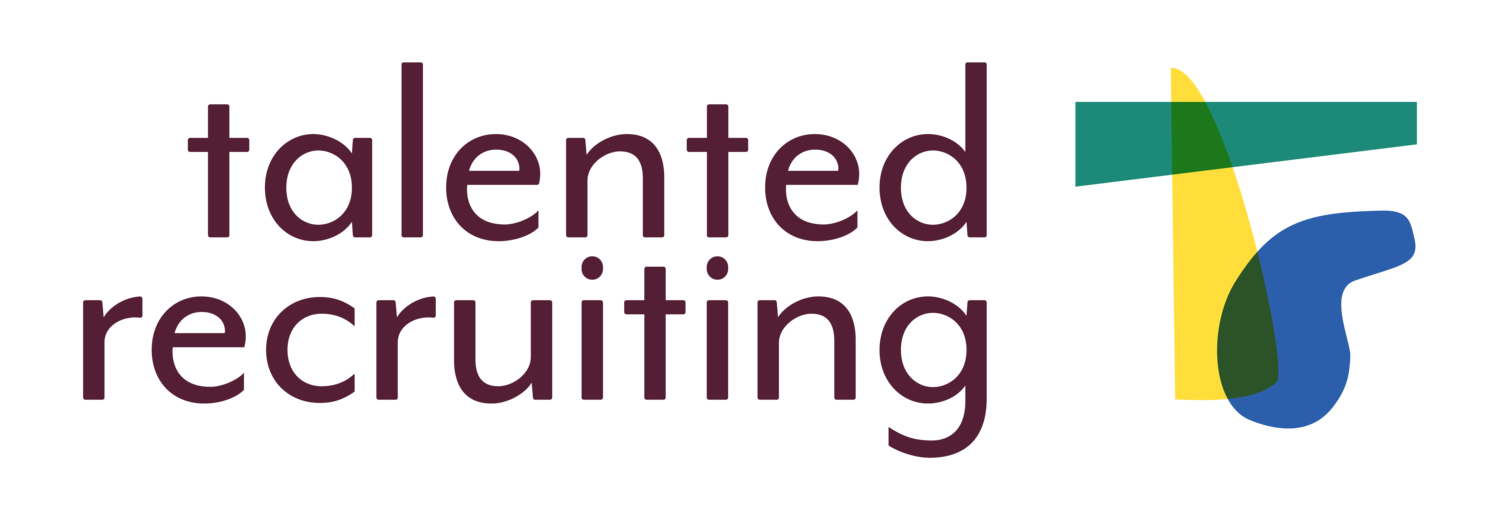by Danielle van Asch Prevot
Diversity is a hot-button topic in the tech world right now. There's a huge push, both in the Valley and beyond, to bring a wide range of genders, ethnicities, educational backgrounds and overall experiences into the workplace. The more variety you have in your team members, the greater variety of perspectives you'll have, and these differing perspectives are what ultimately lead to new ideas.
ABL Schools, is one of my clients extremely focused on building a diverse company from the ground up. Adam Pisoni, the CEO, is seeking diverse leaders who can create a space that's conducive to recruiting a diverse set of talent in the future. But how do you begin your search for diversity without seeming like you just want to complete a "checklist" of different types of employees?
A truly diverse culture that resonates from the inside out starts with strong internal communication about diversity. You and your founding team need to sit down and have an open discussion about why the need for different backgrounds and experiences is so critical to your growth and innovation.
Forbes writer Ekaterina Walter summed it up nicely: "Successful companies are not the ones that build a business, then look at diversity as a nice-to-have attribute. Truly successful and innovative companies are those that build diverse teams when they are just starting out. Diversity is a mentality, not just strategic imperative."
A perfect illustration of what diversity does for a company can be found in this New York Times article about Google and its quest to build the perfect team. Google hired researchers to study team dynamics (gender, education, hobbies, socialization, personalities, etc.) at Google to discover which ones worked best together.
The researchers struggled to find patterns among the 180 teams they studied; the qualities of the individuals within the most successful groups didn't seem to clearly correlate with the effectiveness of those groups. Eventually they realized that "group norms," the behavioral standards and unwritten rules that emerge out of a group of people who work together, influenced effectiveness, specifically within those teams whose "norms" dictated that every person contributed and participated.
Anita Wooley, lead author of a study of teams conducted as part of this project, explained to the Times that, "as long as everyone got a chance to talk the team did well. But if only one person or a small group spoke all the time, the collective intelligence declined."
Let's draw a parallel from Wooley's conclusions to the makeup of your team: If everyone on your team has the same beliefs, backgrounds and experiences, it's really as if one person is coming up with all the ideas. People who are too similar tend to think the same way, which doesn't usually result in a lot of new and different approaches. When people with diverse backgrounds get a seat at the table and have their voices heard, you'll have the benefit of the different ways of thinking that those various backgrounds produced.
What does this mean for hiring? You should, of course, consider a person's basic qualifications as the first and foremost factor. But if you have two equally qualified candidates, and one hails from a different background than most of the other people on your team, it might be in your best interest to hire that person, over someone who will simply parrot back the same old ideas your team is already producing. As Neil Lenane, diversity advocate and Progressive Insurance business leader, told Walter in her Forbes article, "if you do not intentionally include, you unintentionally exclude."

